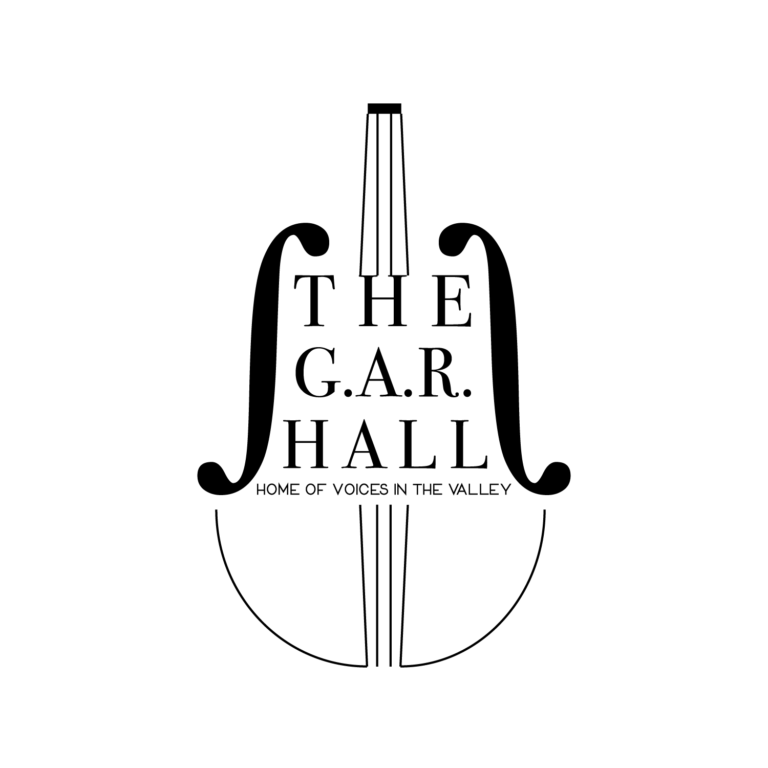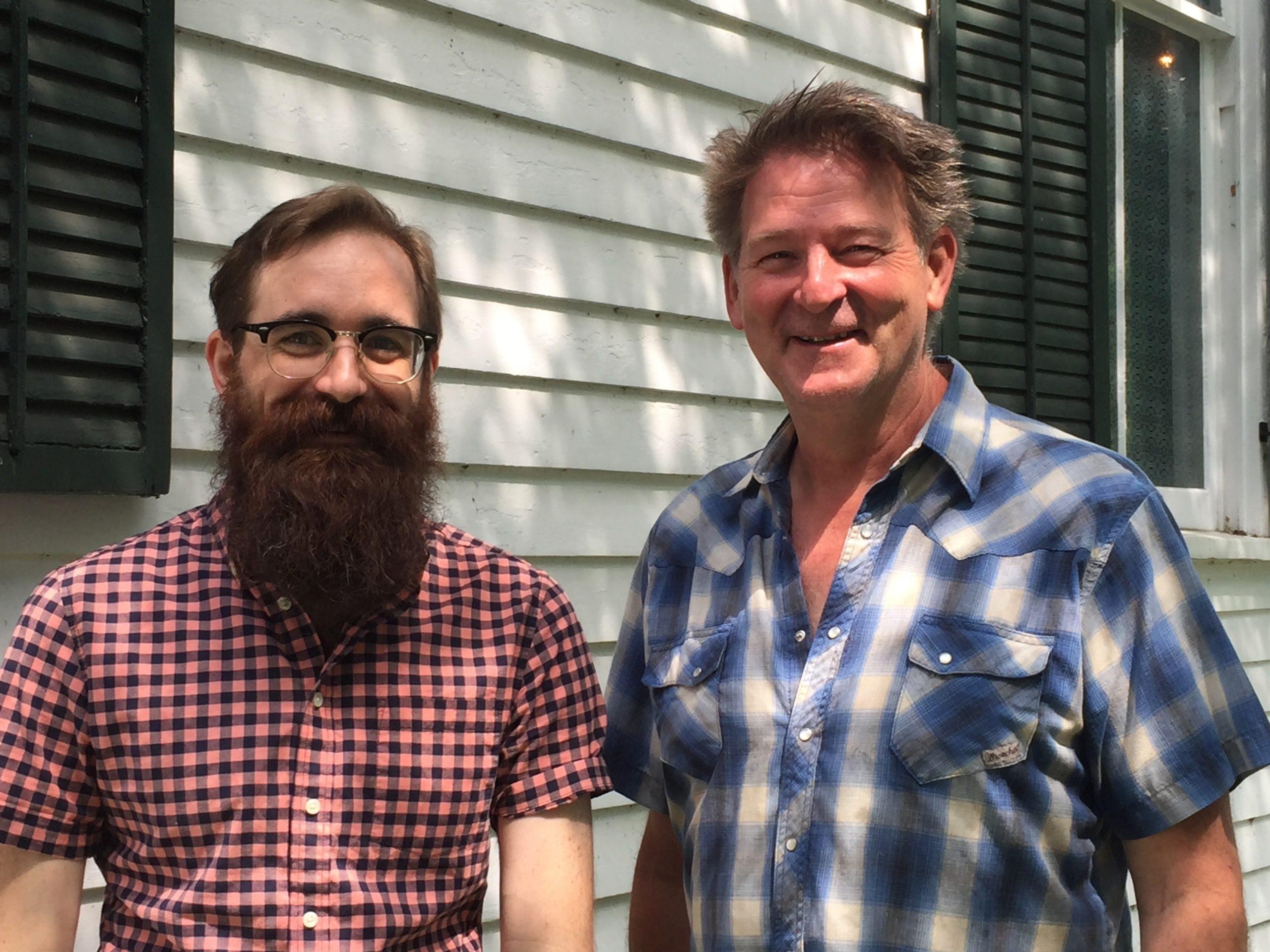
The Bronson Memorial Church founded and built by Hermon Bronson in 1839, of white clapboard with a tower and four spires with hand carved finials. In 1824, Bronson and his family settled on a tract of land in Boston Township, later to become the village of Peninsula. They invited neighbors to help build a permanent congregation or “religious society,” accomplished in 1835, and in 1839 a “comfortable house of worship” was built costing about $1,000 by the Bronson family. It was dedicated by Bishop McIlvaine as the Bethel Episcopal Church. Hermon Bronson’s brother, Abraham, was the first minster.
Over the years the Bronsons continued to support and sustain the church. The land on which the church stands and a lot for a cemetery were later deeded to the “Wardens and vestry of said parish,” and at his death in 1853 Hermon Bronson willed “a sufficient fund to afford about $325 a year to defray the expense of a minister.” The church was remodeled in the Gothic Revival style in 1889 by Hermon Bronson’s daughter-in-law Ruth Ranney Bronson and changed its name by court decree to the Bronson Memorial Church. The Estey pump organ was given by her daughter Lucy Bronson Dudley.
 There was an active congregation for over one hundred years. However, in 1939 the congregation was just two people. By the end of World War II, church membership increased to eleven. Regular services were supported by Bob and Jeanette Bishop, his mother Bernice Boise Poole Bishop, the Wyckoffs, and a few others. In 1956, the parish was declared inactive.
There was an active congregation for over one hundred years. However, in 1939 the congregation was just two people. By the end of World War II, church membership increased to eleven. Regular services were supported by Bob and Jeanette Bishop, his mother Bernice Boise Poole Bishop, the Wyckoffs, and a few others. In 1956, the parish was declared inactive.
In 1960, the Bishop of the Episcopalian Diocese, Rev. Nelson M. Burroughs, offered the church to the Western Reserve Historical Society to move to Hale Farm. Village wardens objected but acquiesced to preserve the building and keep it intact. Neighbors Lily and Frank Fleder contacted Helen Duprey Bullock of the National Trust for Historic Preservation for advice. She suggested forming the Peninsula Valley Heritage Association. She joined with Robert L. Hunker, an architectural and interior designer who moved his business to Peninsula and renovated another Bronson house and barn for their offices at the corner of State Route 303 and Riverview Road. They founded the Peninsula Heritage Association with Robert Hunker as president.
Bishop Burroughs agreed that the church would stay if $20,000 was raised for the restoration and an established institution held the title. The Summit County Historical Society agreed to this role. The Peninsula Heritage Association successfully raised the funds.
 In 1965, Robert Hunker planned and executed the restoration with Henry Saalfield and Lily Fleder. Restoration was completed, including a new foundation, roof, and belfry repair with central heat and electricity by August 1969. A reopening service was held on November 9, 1969. Since that time, the church has become a popular place for weddings, funerals, educational study, and historic meetings.
In 1965, Robert Hunker planned and executed the restoration with Henry Saalfield and Lily Fleder. Restoration was completed, including a new foundation, roof, and belfry repair with central heat and electricity by August 1969. A reopening service was held on November 9, 1969. Since that time, the church has become a popular place for weddings, funerals, educational study, and historic meetings.
Robert Bishop and Robert Hunker served as stewards, operating the church with the income from events and weddings. In 1983, the Summit County Historical Society assumed full responsibility. The church deteriorated as they were unable to financially maintain it. Robert Hunker stepped in and put on a new roof and furnace. In September 2003, the Society deeded it to the Peninsula Foundation.
 This building reflects the ever-changing styles from the early 19th century Greek revival of the Connecticut Western Reserve to late Victorian style. The original interior was white plaster walls over a dado of wide horizontal boards painted gold, as were the pews. The floors and window casings were local black walnut. The remodeling in 1889 to the Carpenter Gothic style added points over the windows with the original mutins of the small paned windows replaced with pointed panes. Walnut columns and an anteroom were added. The front floor was raised and the walls and ceiling were covered with pine Philadelphia siding. The dado and pews were painted and glazed in red to match the new Brussels carpeting. The reproduction carpet was manufactured by the Arthur H. Lee Co. in England on their antique ingrain loom.
This building reflects the ever-changing styles from the early 19th century Greek revival of the Connecticut Western Reserve to late Victorian style. The original interior was white plaster walls over a dado of wide horizontal boards painted gold, as were the pews. The floors and window casings were local black walnut. The remodeling in 1889 to the Carpenter Gothic style added points over the windows with the original mutins of the small paned windows replaced with pointed panes. Walnut columns and an anteroom were added. The front floor was raised and the walls and ceiling were covered with pine Philadelphia siding. The dado and pews were painted and glazed in red to match the new Brussels carpeting. The reproduction carpet was manufactured by the Arthur H. Lee Co. in England on their antique ingrain loom.







 You must
You must 








